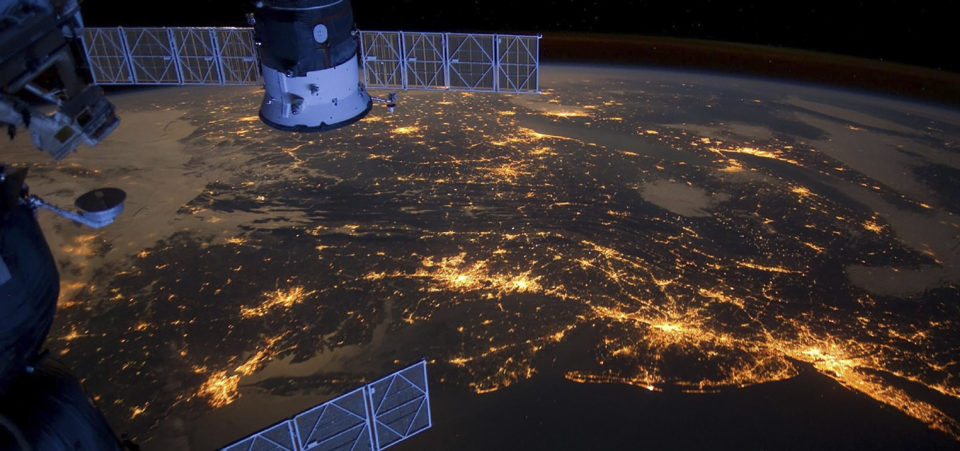Stanford develops an AI navigation system for a future satellite ‘tow truck’
Stanford researchers are developing an AI-powered navigation system to direct spaceborne ‘tow trucks’ designed to restart or remove derelict satellites circling aimlessly in graveyard orbits.
There are zones in space, outside Earth’s atmosphere, where old satellites go to die or, rather, to hang out … forever. Too high to burn up in the atmosphere, yet too slow to escape Earth’s gravity, useless satellites are doomed to circle in what are called graveyard orbits.
Stanford professor of aeronautics and astronautics Simone D’Amico hopes to change all that.
His Space Rendezvous Lab (SLAB) is working with the European Space Agency (ESA) to spur development of an artificial intelligence system to direct the orbital equivalent of a tow truck. The two groups are hosting a competition for an AI system that would identify a derelict satellite and, without any input from Earth’s assets, guide a repair vessel to navigate alongside to refuel, repair or remove it.
Go to the web site to view the video.
The software competition is one milestone in a broader research and development program that D’Amico says will feed into his lab’s efforts to develop low-cost navigation systems that future spacecraft will use to maneuver toward distressed satellites or rendezvous with other cooperative satellites.
D’Amico’s navigation system and algorithms are designed to cope with the tight constraints of space travel. The research will be integrated into two missions planned for launch in 2020: the Impulse One by Infinite Orbits, a technology demonstration of the space tow truck, and the Starling mission by NASA Ames, which will show how a swarm of spacecraft can navigate autonomously. In contrast to prior satellite projects, these new missions employ multiple nanosatellites, each of which has strict limitations in terms of size, weight, power availability and maneuverability.
“In space every gram, every electron, every resource must be used to its greatest advantage, especially on small satellites,” D’Amico says.
The navigation system that D’Amico has in mind would be inexpensive, compact and energy-efficient. To spot defunct satellites, the repair vehicle would rely on cameras that take simple gray-scale images, just 500-by-500 pixels, to reduce data storage and processing demand. Barebones processors and AI algorithms that come out of the competition would be integrated directly into the repair satellite. No ground communication would be required. The goal is simplicity: processors and algorithms that require low-resolution images and limited computation to navigate space.
“The spacecraft would have to able to see and think for itself,” says Sumant Sharma, a graduate student in D’Amico’s lab.
Finding the satellite
Sharma helped D’Amico make the contest possible by creating a database of images of orbiting satellites. One of the ways AI systems are trained is by a technique known as machine learning. To teach a computational system to spot cats, a machine learning approach feeds the system images of cats until the artificial intelligence devises the algorithms to recognize them.
Since there is no repository of abandoned satellite selfies, D’Amico and Sharma drew upon the techniques of virtual and augmented reality to create a database of 16,000 images to be used as training material for machine learning systems.
The competition, which begins today, will invite machine learning and AI labs from around the world to visit a portal developed by ESA. Entrants will have until July 1 to download the images, work with the data, train their algorithms and submit results in the virtual competition. D’Amico’s lab will use the work contributed during the competition to evaluate and improve the performance of the navigation system that his Stanford team has already been developing.
D’Amico’s do-it-yourself vision of a low-budget navigation system is based on a new breed of space research that invites the widest possible participation in order to bring the best thinking to bear on technical challenges.
“We are democratizing space by crowdsourcing the artificial intelligence and the data needed to train new algorithms,” D’Amico says. “It is Space 2.0.”
Support for the project comes from the European Space Agency, the Air Force Office of Scientific Research and NASA’s Small Spacecraft Technology Program.

